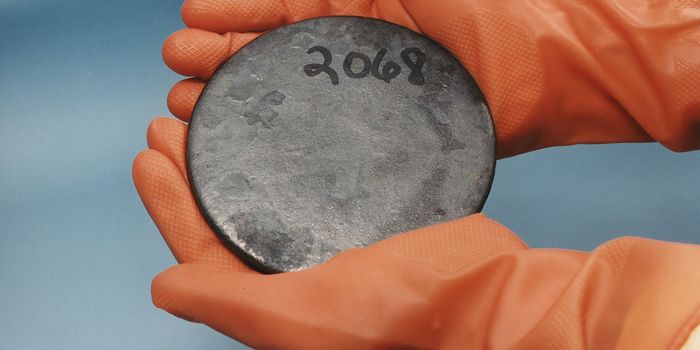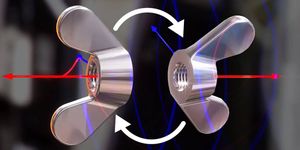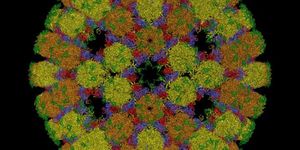Artificial "Bug Eyes" Made of Nanoparticles and Liquid Marbles
The term compound eye refers to the unique visual organs that can be found in many insects (hence the nickname "bug eyes"), as well as certain species of shellfish.
A compound eye often consists of hundreds if not thousands of tiny visual units that can independently sense lights. They form the curved surface of the eye and are arranged in a hierarchical pattern. The unique structure gives the owners the advantages such as better depth and a broader field of view.
A team of Johns Hopkins University chemistry researchers has developed liquid-based compound lenses using nanoparticles, emulsion droplets, and liquid marbles. Their creation can emulate both the signature curvature and the functionality of real bug eyes. They hope that artificial compound eye can one day be used self-driving vehicles, drones, or medical devices.
This latest research is reported in the journal of ACS Applied Materials & Interfaces.
Source: ACS via Youtube








